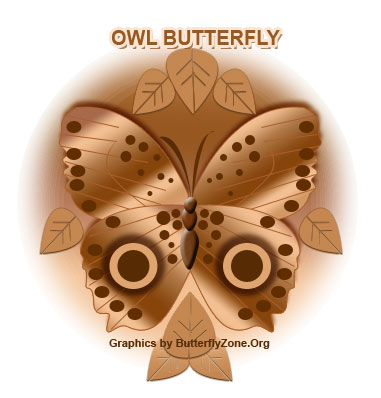Great Escapes

Animals that are delicate are easy targets for predators. But nature has solved their problem with certain special adaptations. One such adaptation is camouflage and mimicry.
Camouflage is an adaptation by which an animal looks like objects in the environment. It might look like a twig, a leaf or a rock. Mimicry is an adaptation where the animal displays markings and colours and practically resembles another animal.
Butterfly being a fragile bodied insect has to protect itself from the attack of predators. Certain species of butterflies employ camouflage or mimicry and escape the danger.
The Owl butterfly has a conspicuous eyespot on its wing. When the wings are spread out, the eye spots resemble the eyes of an owl. Any lizard or a snake that is scared of owls will dare touch the owl butterfly.
The Brimstone butterfly has the shape of a leaf. When it rests on leaves, it merges with the background and escapes the notice of the predators.
Certain species of butterflies are unpalatable, because of the poisons stored in their body. These are readily discarded by their predators. The monarch butterfly belongs to this category. But the Viceroy butterfly does not taste bad. Therefore nature has endowed the Viceroy butterfly with the same color patterns as the Monarch butterfly. In other words, the Viceroy butterfly mimics the Monarch butterfly and is able to escape from the predators.
Butterflies like, Red admiral, Small tortoise shell, peacock, Clouded yellow, Orange tip, small copper, swallow tail, Apollow, Little tiger blue, Purple emperor, to name a few, are colored in a variety of ways as indicated in their names, posing warning threats to predators.
In the living world, there is a constant struggle for survival and butterflies are no exception. They have survived for millions of years only to be adored, appreciated and protected by man.
